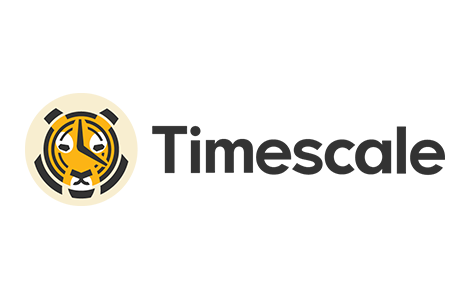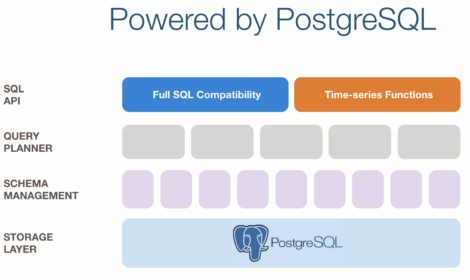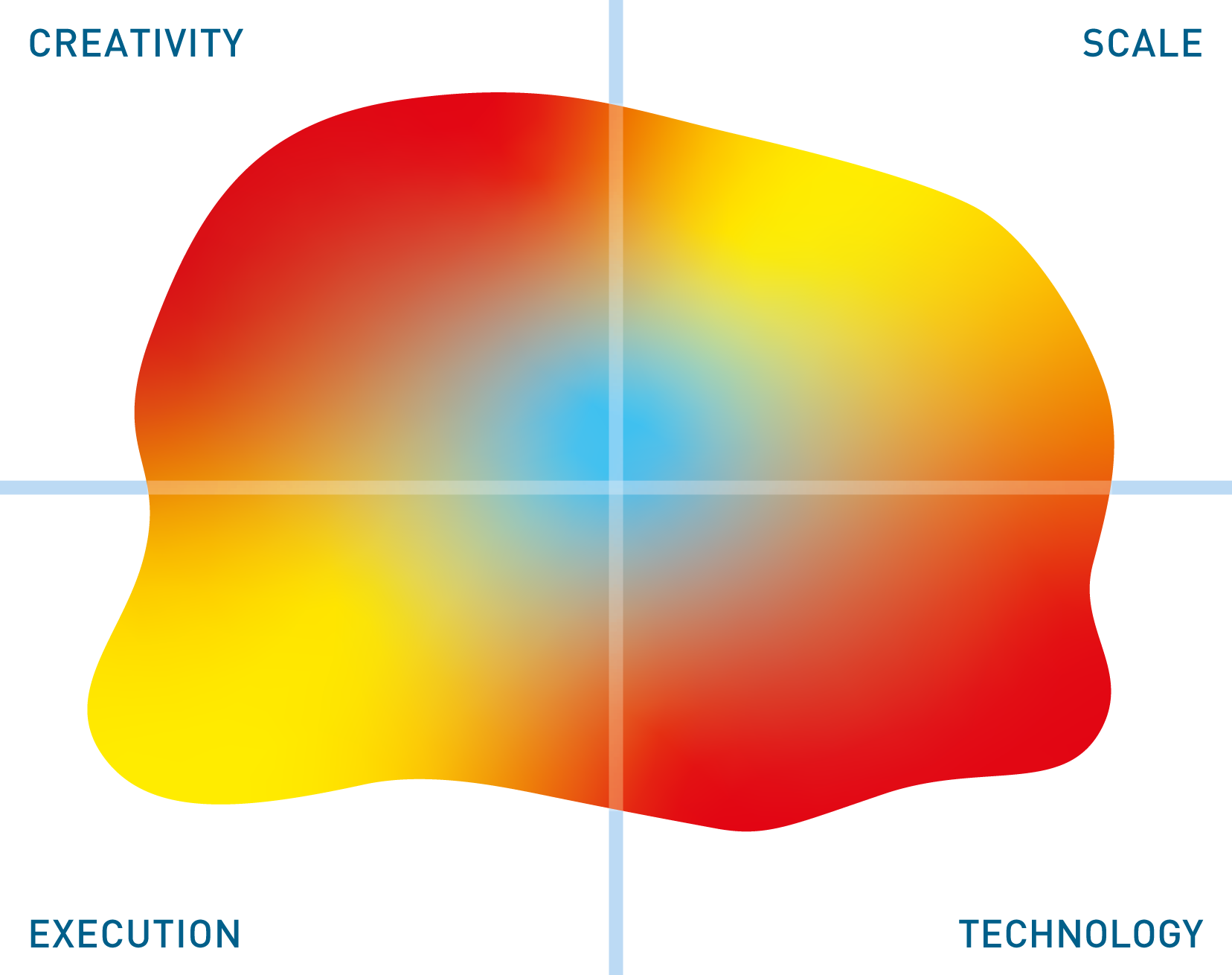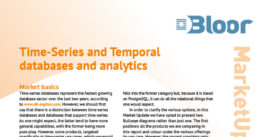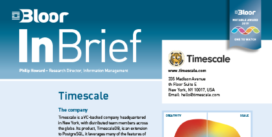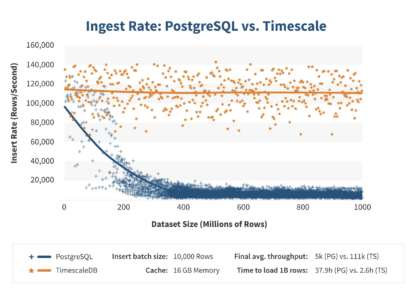
Fig 02 Comparing ingestion rates with PostgreSQL
Why you should care rather depends where you are coming from. If you are an existing PostgreSQL user who wants improved ingestion and query performance for time-based analytics, then TimescaleDB represents an obvious starting point and Figure 2 (supplied by Timescale) represents a good reason why you might add TimescaleDB to your existing environment. A similar argument would apply if you are a relational database user in general and want to explore time-series with lower latency and better performance.
More generally, there is the case where you want to be able to exploit time-series data but don’t have any existing database that you want to replace or extend. In this event TimescaleDB has a number of differentiators and advantages, though which of these will be relevant will be dependent on the potential competition. First off, while Timescale focuses on analytics it is a transactional database, and many IoT use cases involve both operational and analytic capabilities. Secondly, not only does TimescaleDB use SQL, it is a relational database and it will often be the case that you want to combine relational and time-series data. Thirdly, the company can offer geo-spatial capabilities, through PostGIS, that are sadly lacking in some competitive offerings. And finally, TimescaleDB has a relatively small footprint – you can implement it on a Raspberry Pi – so it can be implemented in suitable edge devices.
All of that said, even though TimescaleDB is a relatively new offering, it builds on PostgreSQL and therefore inherits the reliability and stability from its decades of existence. The question is whether this is a preferable approach compared to a purpose-built time-series database. The imminent release of a distributed version of TimescaleDB, along with improved native compression, suggests that the company is determined to prove that this should not be an issue.
The Bottom Line
Timescale has established itself as a major player in the time-series market, despite its relative youth. This is primarily because of its relational heritage but, whatever the reason, it is certainly a major contender within this marketplace.

